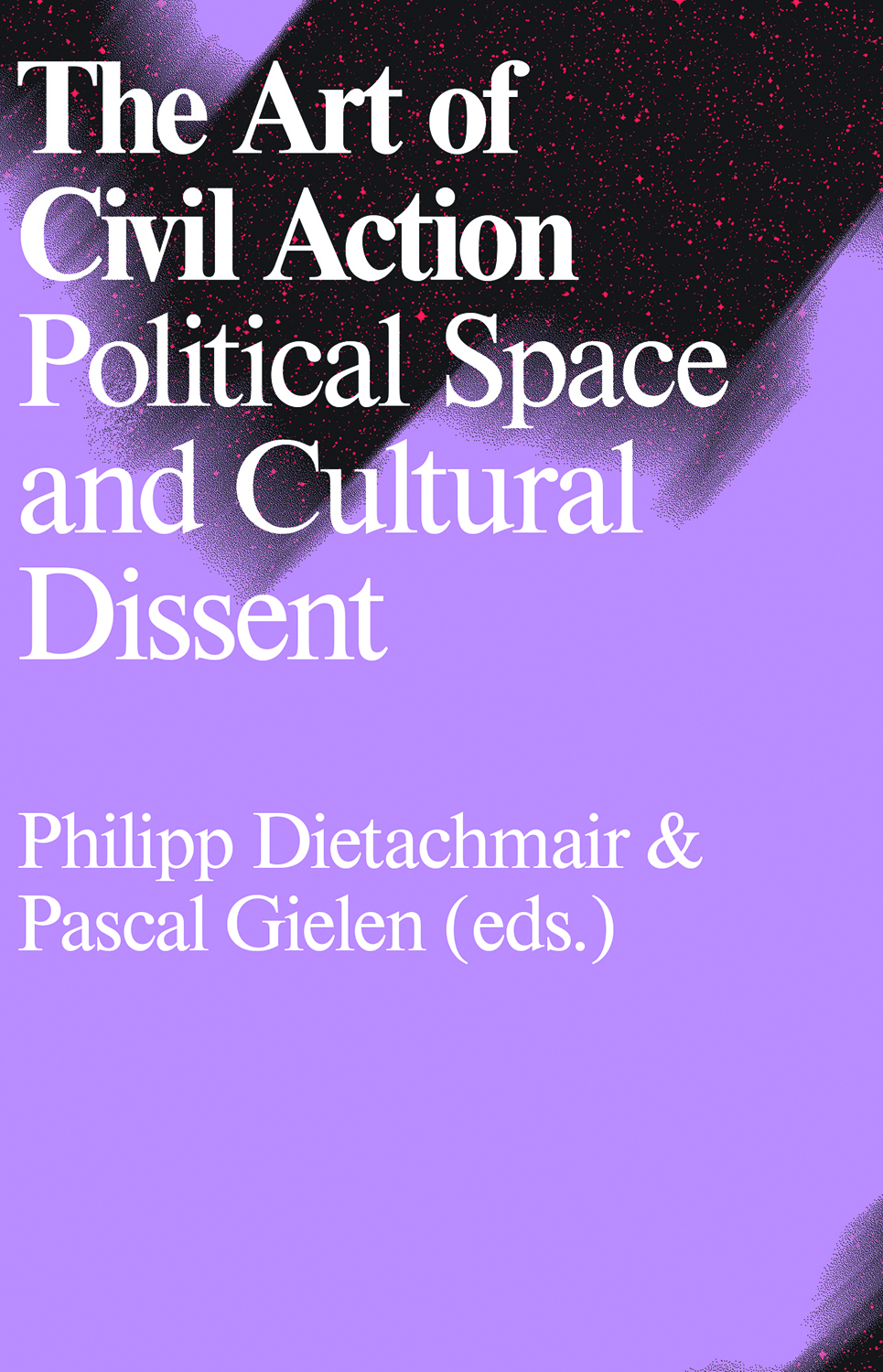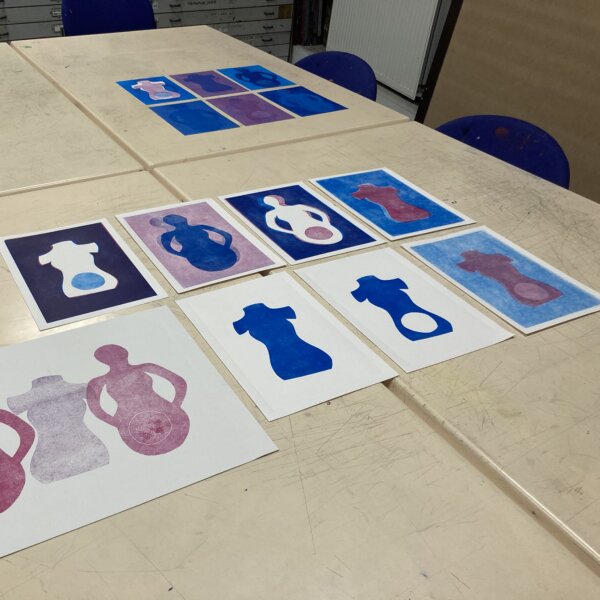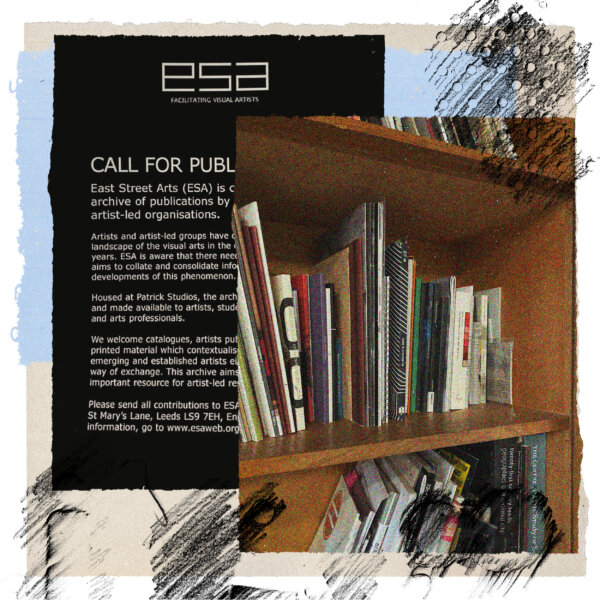Over Christmas, I was grateful to have more time as we couldn’t do the normal gatherings with family and friends and I finished two books and read a third that I would like to share with you. They are quite different in their content but through them all, there is a thread about how we can do better as a society, how we can take more positive action, and challenge where the power bases are. All seemed appropriate for the times we are living in.
The Destruction of Memory: Architecture at War. Robert Bevan.
I would thoroughly recommend this book if you are interested in what physical artefacts, documents, and buildings reflect and communicate who we are. It maps conflicts around the world where there is deliberate intent on damaging or obliterating a people’s identity. Through destroying libraries and their historical contents, religious and state monuments, sacred places, and at times people’s homes the book tries to reconcile communities and countries potential to disappear from our history and understanding.
It states: “…there has always been another war against architecture: the deliberate destruction of the built artefacts of a people or nation as an aspect of ethnic cleansing.”
It is a hard book to read because it is heartbreaking but an important huge reminder of how fragile we are as people and the things that feel solid around us are easily destroyed.
The Art of Civil Action: Political Space and Cultural Dissent. Editors: Philipp Dietachmair & Pascal Gielen.
Contributions by ‘cultural theorists, activists and artists explore how they can provide the building blocks for a locally rooted civil society in a globally connected setting.’
This book is a useful read for anyone interested in what we mean by the civic and civil and how they relate to the creative and activist sectors. How they are at the core of a lot of work we are all doing through creativity. Some contributions will be more relevant than others to your specific interests but it is a great reference book. I found it quite inspirational.
A simple quote from the chapter From Independent Cultural Work to Political Subjectivity – a conversation with Tomislav Medak.
‘It’s only if you have the collective capacity of action to realistically disrupt the operations of people in institutional power and change the balance of power, that you will really get recognised.’
On the future and the artist-run space by Club Solo.
And I read a new book that was bought just before Christmas thanks to Emma’s research.
For anyone working, residing, supporting artist-run spaces I think this is a must-read.
Club Solo acts as a host to artists and artist-run spaces….’as an artist-run space, we are curious about the ways different art initiatives work and relate to their environment.’
This is a more recent addition to several books I have read about artists spaces. Many of the others fall too often into a kind of directory which dates quickly and others can be very academic for a subject that is so reliant on people prepared to make and do.
Contributions expand on topics including curating, having care at the centre of operations, micro art initiatives and the book also includes art work/spoken word.
It marks the fifth anniversary of club solo and the publication celebrates this at a time when people can’t gather in their building.
It made looking forward to what January and coming back to work might bring – more positive.
Other things!
-
News
Artist-Led Housing: Histories, Residencies, Spaces - available to buy!
Architectural researcher Dr Jonathan Orlek's brand-new publication, Artist-Led Housing: Histories, Residencies, Spaces is now available to buy.
-
News
Taipei Residency: Artist Call Out
Are you an artist using sound and audio-visual media at the core of your practice? Do you want to collaborate with communities and other artists to develop new artworks? Apply now! Deadline 12pm, Sunday 5 May 2024.
-
News
Leeds Creative Labs Follow on Fund: Herfa Martina Thompson Dr Zoe Tongue
Visual artist Herfa Martina Thompson and Law lecturer Dr Zoe Tongue first collaborated as part of Leeds Creative Labs, a programme that partners artists and academics, initiated by the University of Leeds’ Cultural Institute and facilitated in partnership with East Street Arts.
-
History
Listen to the Sounds of New Briggate
Sounds of New Briggate is our podcast series - hosted by local people, telling local stories - which celebrates New Briggate, a unique and vibrant high street in the heart of Leeds.
-
News
Artist Mohammad Barrangi’s large-scale murals come to the streets of Leeds
We're working with Leeds-based, Iranian-born illustrator and printmaker Mohammad Barrangi to bring three large-scale paper murals to the streets of Leeds.
-
Artist support
Submit your publications to our exhibition and learning library
Do you make books or printed materials on artist-led housing, live/work spaces, civic practice or living archives? Contribute now! Together we can learn.











